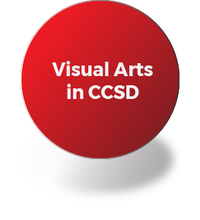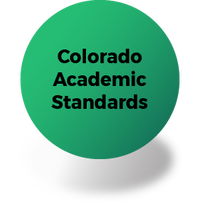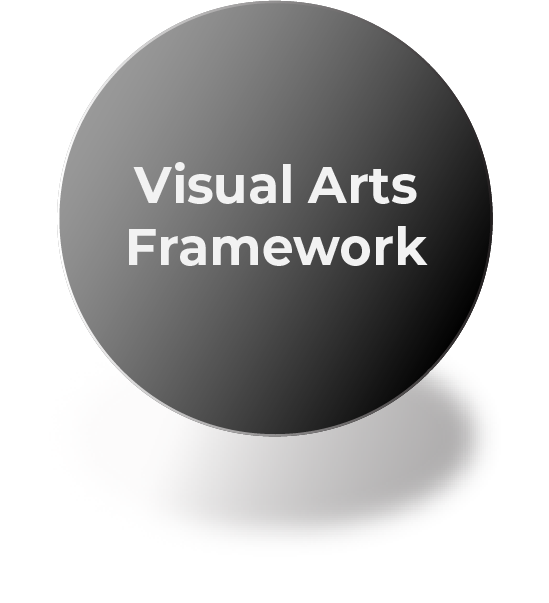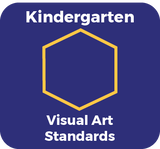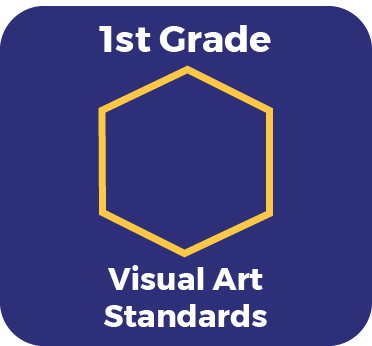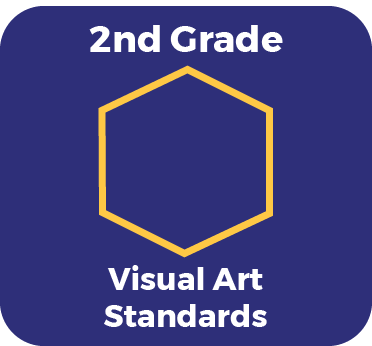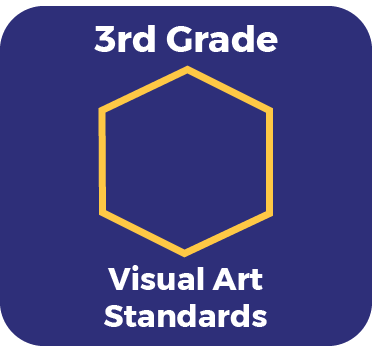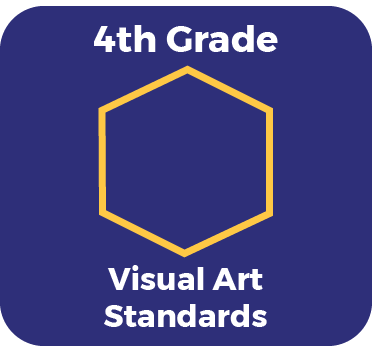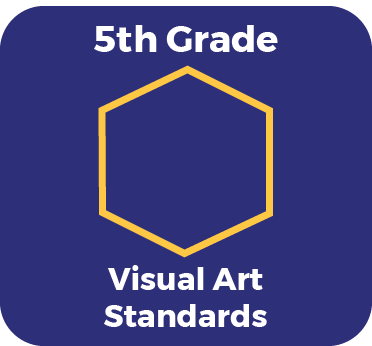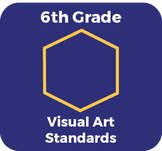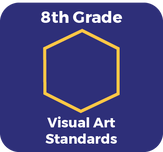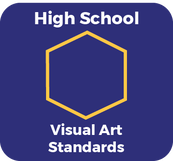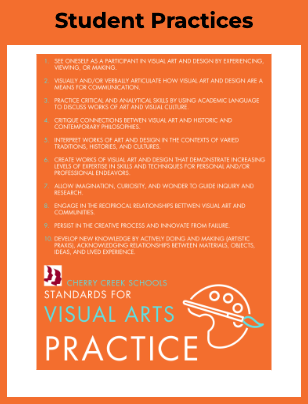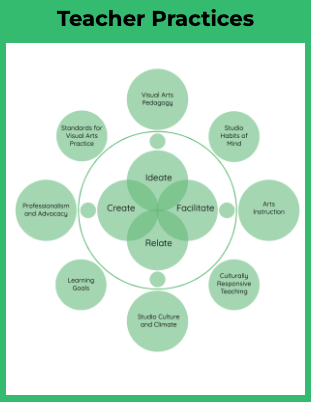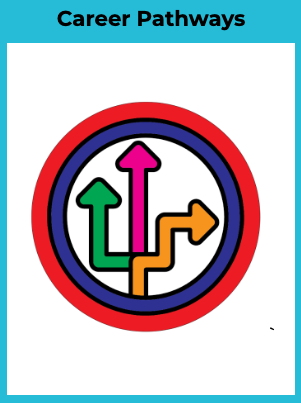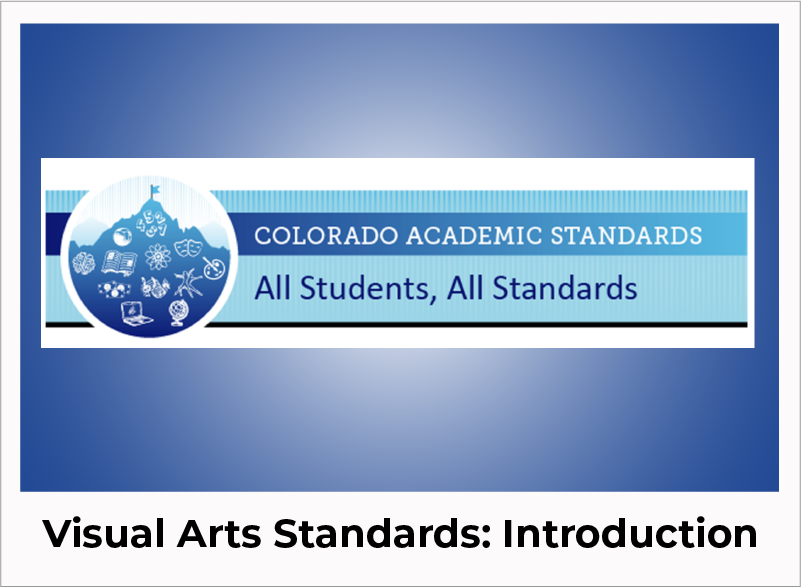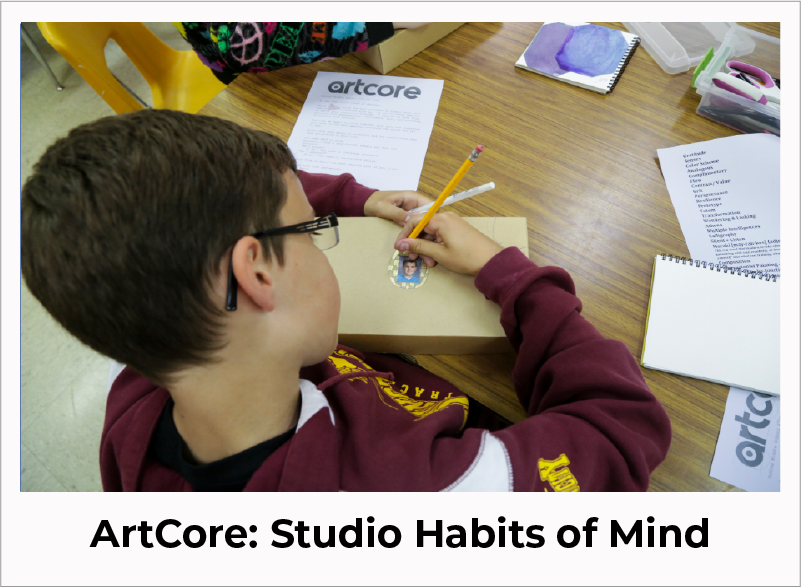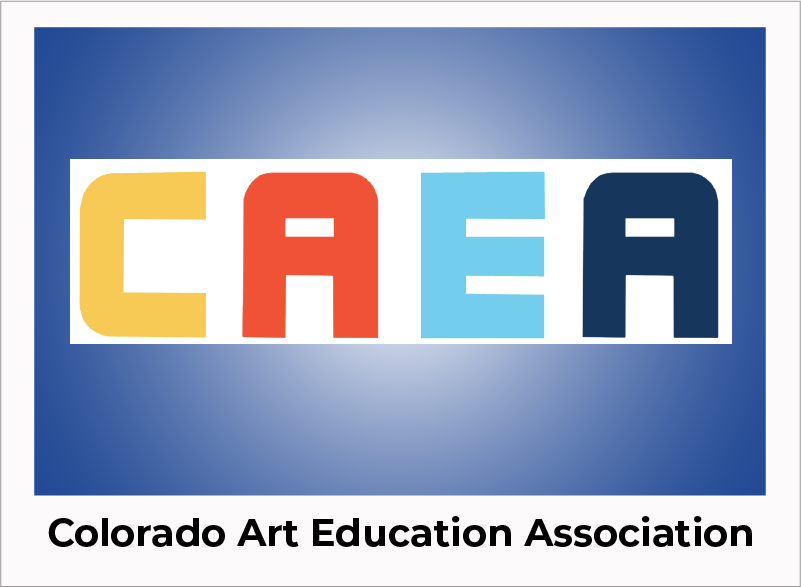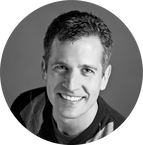Welcome to the Visual Arts
Click the buttons below for quick access to content
Click the buttons below for quick access to content
The visual arts are an academic and scholarly discipline defined by theoretical frameworks connecting learning, critical thinking and making. Artists, like other scholars, utilize discipline specific vocabulary, practice unique skills, build upon cultural histories and use research practices to frame new ideas. The standards allow teachers to translate complex ideas into accessible terms and facilitate opportunities for learning in the classroom. To this end, the standards are written using the academic vocabulary of the discipline and build upon interdisciplinary integrations which strengthen students’ well-rounded academic profile.
The nature of the visual arts discipline is formative, iterative and has different purposes within various contexts. Art is a fluid and expansive process of learning that has a central role in our schools. It is a point of entry for questions and ideas discussed in other classes. It is a space where learning can be questioned, critiqued and personalized. The standards, grade level expectation and evidence outcomes are stated broadly so that they can be specifically applicable to many different schools, classrooms and learning environments.
The standards identify various components of art making that may occur simultaneously. A student may form an idea as they are working on developing a skill, and have that idea reinforced by a personal experience, exposure to another artwork or recognition of a cultural value. Multiple grade level expectations or evidence outcomes may be addressed within a single artmaking experience. Art studio and art appreciation are not separate instructional practices, rather, they occur simultaneously as students make art. In the same way, authentic assessments are naturally integrated within the processes of ideation, reflection, and making.
The importance of students’ personal stories and individual expression in artmaking are influenced by one’s environment and communities and are reinforced in the visual art standards. References to “multiple cultures” in the standards prompt inquiry about one’s own influences and learning about various perspectives. Students reflect on the purposes of their own art, that of classmates, and connect their work to art history or contemporary sources. Participation in the visual arts provides agency for student artists to influence the community and transform the world around them.
The nature of the visual arts discipline is formative, iterative and has different purposes within various contexts. Art is a fluid and expansive process of learning that has a central role in our schools. It is a point of entry for questions and ideas discussed in other classes. It is a space where learning can be questioned, critiqued and personalized. The standards, grade level expectation and evidence outcomes are stated broadly so that they can be specifically applicable to many different schools, classrooms and learning environments.
The standards identify various components of art making that may occur simultaneously. A student may form an idea as they are working on developing a skill, and have that idea reinforced by a personal experience, exposure to another artwork or recognition of a cultural value. Multiple grade level expectations or evidence outcomes may be addressed within a single artmaking experience. Art studio and art appreciation are not separate instructional practices, rather, they occur simultaneously as students make art. In the same way, authentic assessments are naturally integrated within the processes of ideation, reflection, and making.
The importance of students’ personal stories and individual expression in artmaking are influenced by one’s environment and communities and are reinforced in the visual art standards. References to “multiple cultures” in the standards prompt inquiry about one’s own influences and learning about various perspectives. Students reflect on the purposes of their own art, that of classmates, and connect their work to art history or contemporary sources. Participation in the visual arts provides agency for student artists to influence the community and transform the world around them.
(Click on a grade level to open standards in a new window)
Elementary School
Middle School
High School
The Visual Arts Teaching and Learning Framework is used in teaching the Colorado Academic Standards
to meet the needs of EVERY student EVERY day.
The instructional framework for visual arts is divided into three components: "Student Practices," "Teacher Practices," and "Career Pathways ." Taken together, these comprehensively describe high-quality teaching and learning in visual arts.
(Click on the icons below for more detailed information).
to meet the needs of EVERY student EVERY day.
The instructional framework for visual arts is divided into three components: "Student Practices," "Teacher Practices," and "Career Pathways ." Taken together, these comprehensively describe high-quality teaching and learning in visual arts.
(Click on the icons below for more detailed information).
Paul Cribari, DMA
Assistant Director of Curriculum and Instruction
720.554.5061
[email protected]
Instructional Support Facility
5416 S. Riviera Way
Aurora,CO 80015
Assistant Director of Curriculum and Instruction
720.554.5061
[email protected]
Instructional Support Facility
5416 S. Riviera Way
Aurora,CO 80015
